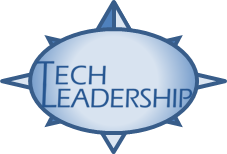Maybe this is corny (I'm sure my kids would agree), but it made me think about the diversity of influences in my life, and the shoes associated. Let me explain...
Boots - Steel toe, cowboy boots, etc. Chewing cactus when you're thirsty, getting thrown from a horse, barbed wire, shovels, and lawn mower. I learned that hard work, even when it's unnoticed, should be done with excellence because that's simply how work is done.
Athletic Shoes - The dynamics of coaches, team-mates, and competitors. The mixture of victories, defeats, encouragement, tough discipline (in particular, running lines after a particularly bad game). I learned that often success relied on different roles and various forms of motivation.
Comfortable Shoes - Teachers and health care professionals that had to be on their feet all day. Feeding minds, healing broken bodies, comforting the hurt and frustrated. I learned that investing in people is worth it - even if you can't measure it in your bank account.
Dress Shoes - The shoes of corporations and churches (at least when I was growing up). I learned about the 'real world' of business. Negotiating, higher revenues, lower costs, tough decisions. Most importantly of all, I learned about God, faith, grace, and the truth about love.
Flip-flops - My personal favorite. I learned that sometimes, you just need to relax, see the beauty of the outdoors, and let your (quickly disappearing and graying) hair down.
The key point - I'm the product of diverse people and lessons. Each critical to my development. Some formal, some informal. Some fun, some painful or tough.
What did I leave out? I'd love to hear your perspective!



